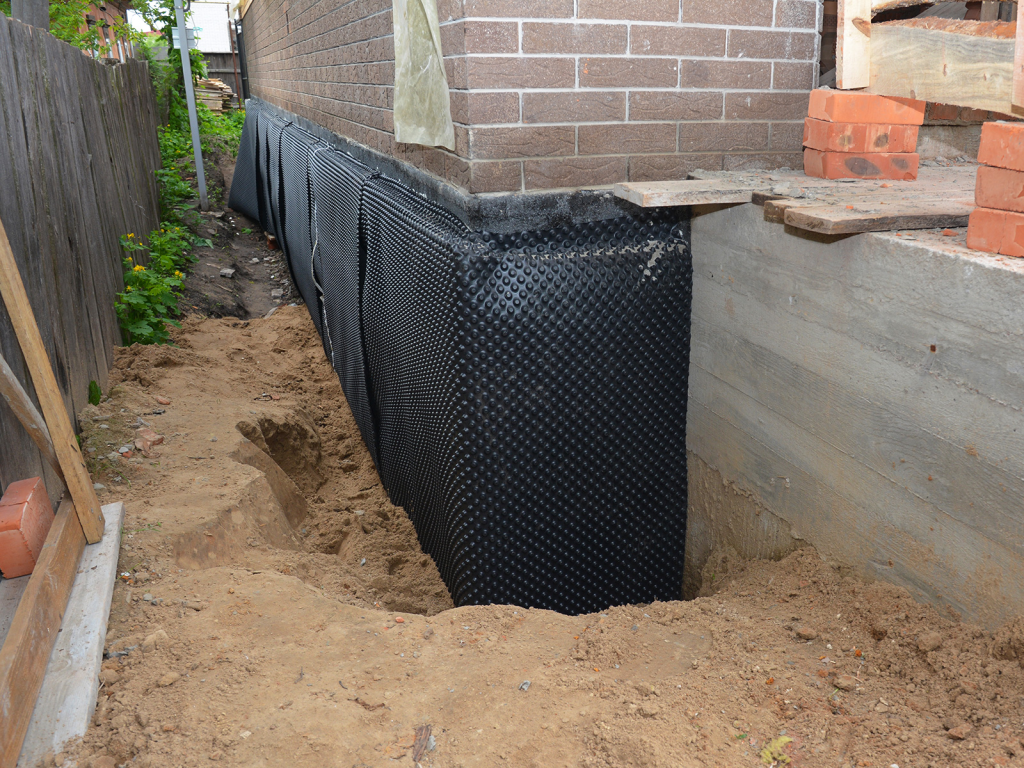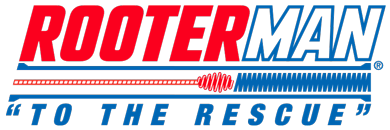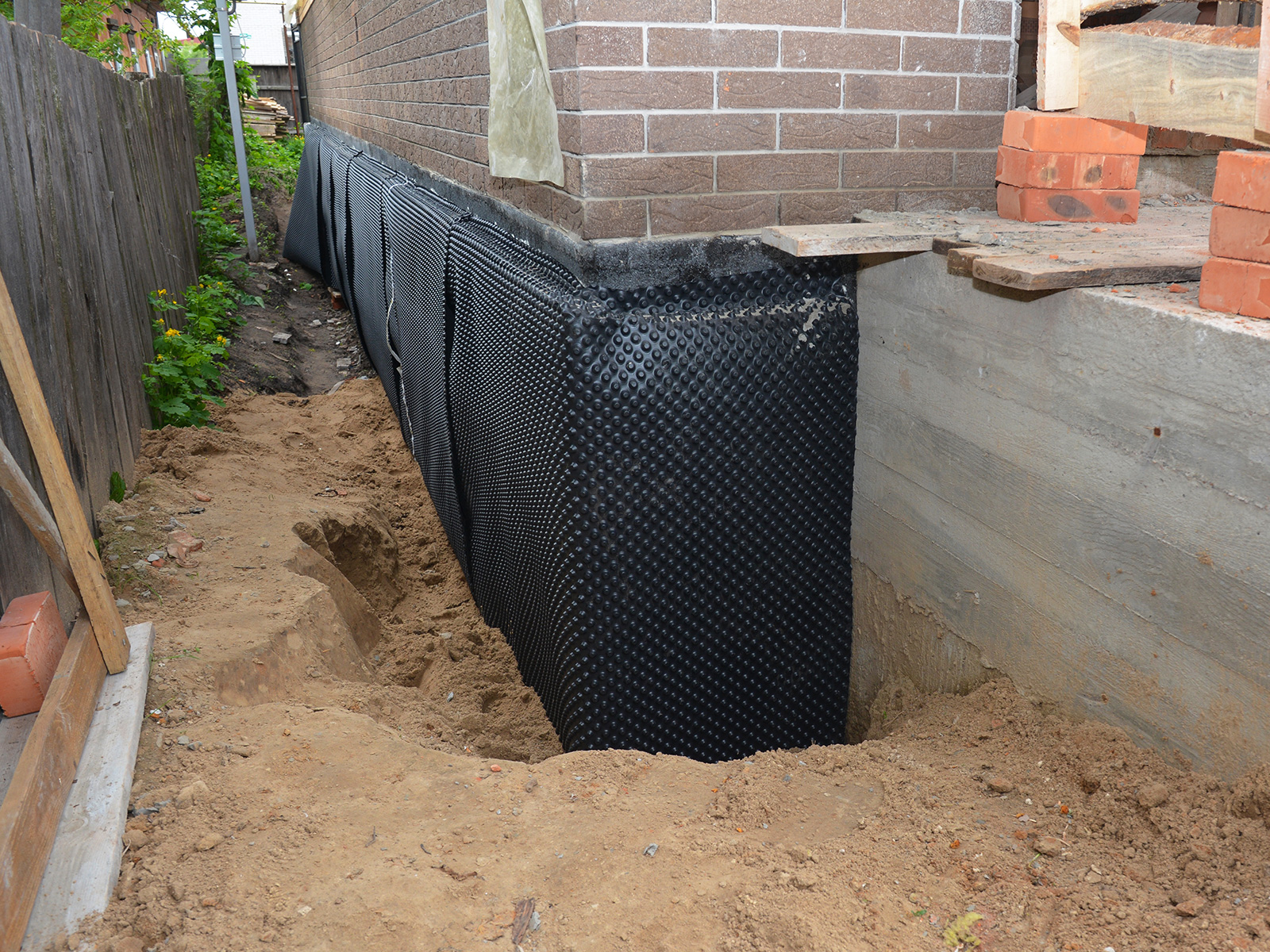
You don’t need a flood to have a basement problem. All it takes is a little moisture. Musty smells, dark lines on the wall, a floor that suddenly feels a bit colder underfoot. This is how it begins.
Toronto’s changing weather and aging infrastructure make basement moisture a growing concern for homeowners. Between rain, melting snow, and rising water, steady pressure is put on your foundation. Over time, that pressure causes cracks. Water finds its way in, and then the real trouble starts.
This guide will take you through everything you need to know about basement waterproofing. This includes how it works and differs from damp proofing.
The Main Causes of Basement Leaks
Basement leaks don’t happen by accident. They result from real and physical problems, and Toronto homes face plenty of them. Here are the most common causes:
- Foundation Cracks: Small cracks in concrete walls or floors allow water to seep in. Over time, changing soil and freeze-thaw cycles in Toronto increase the spread of these cracks. They are a major cause of foundation leaks.
- Poor Drainage Systems: Water should move away from your home, not toward it. Clogged gutters, short downspouts, and “improperly sloped landscaping” trap rainwater at your foundation. Pressure builds and forces its way inside.
- Hydrostatic Pressure: When it rains, soil around your home’s foundation gets wet. This creates hydrostatic pressure. Hydrostatic pressure is an intense yet invisible force that pushes water into your basement). Without moisture control, the damage can get worse.
- Lack of Basement Waterproofing: Without solid basement waterproofing, your home is vulnerable. Water can always find its way to weak spots and take over.
Different Types of Dampness in Basements
Basement moisture can come in different types. Knowing the type of dampness in your basement is the first step to solving it.
- Rising Dampness: This happens when groundwater is drawn upward through porous materials like concrete or brick. It indicates a failure in the home’s damp-proofing layer. You may spot damp patches near the floor, bubbling paint, or powdery white salts. Each are signs of moisture moving from the ground to your walls.
- Penetrating Dampness: This type of dampness comes from outside. It enters through cracks, gaps, or unsealed joints during rainfall or snowmelt. Foundation leaks, structural weakening, and visible wall stains may occur over time. Toronto’s weather makes this a common issue.
- Condensation: Condensation is caused by humid indoor air touching cold surfaces. This includes concrete walls or windows. Moisture forms from inside the home. Mould, musty smells, and damage to stored items occurs as a result. Moisture control through ventilation and dehumidifiers is therefore important.
For lasting protection against all three issues, professional basement waterproofing provides a complete defense.
Ignoring Basement Moisture: A Critical Error
What starts as a minor, damp spot can grow into serious damage. Unchecked water can quickly lead to the growth of mold. Mold spores then impact indoor air quality, triggering allergies, asthma, and respiratory trouble.
Then, there is the structure. Water weakens concrete and it erodes foundational support. As time goes on, untreated foundation leaks can cause cracks, sagging floors, or collapse in tough cases.
Don’t rely on basic damp proofing alone as it will not stop aggressive leaks or pressure-driven water. You need full basement waterproofing.
How Basement Waterproofing Works
Two main approaches are used: interior and exterior solutions.
- Interior Basement Waterproofing covers adding interior drainage systems, sealing cracks, installing sump pumps and applying waterproof coatings. These steps are well-suited for managing water after it enters.
- Exterior Basement Waterproofing blocks water from getting in. It involves digging around the foundation, installing weeping tiles and applying membranes.
Dampproofing, on the other hand, blocks only moisture. This makes it less effective in wet climates like Toronto.
When to Use Each Waterproofing Type
Interior basement waterproofing is perfect for finished basements or when excavation isn’t practical. The process can help homeowners manage seepage, humidity, and improve moisture control from inside.
Exterior basement waterproofing can be done when the issue starts from the outside. Soggy soil, heavy wall staining, or visible foundation leaks are all signs it might be required. This method stops water where it comes from and helps prevent structural damage.
If your basement has a musty smell or damp feel, act now. The right basement waterproofing method depends on where the water begins.
DIY Tips for Moisture Control
You can do a lot to prevent foundation leaks and a wet basement. Start simple and keep consistent.
- Clean your gutters: Clogged gutters cause overflow and can create pressure that leads to foundation leaks.
- Extend your downspouts: Make sure they send water at least six feet away from your home.
- Regrade the soil: The ground should slope away. It should slope not towards your walls. This small fix improves moisture control in a big way.
These steps won’t solve extreme leaks or cracks. Nevertheless, they do support moisture control.
When is it time to call a professional?
Some problems are not suited to a DIY job. Deep wall cracks, standing water, or persistent musty smells; all suggest the time has arrived to bring in professionals. These are signs of serious foundation leaks or failing drainage systems. Mould, peeling paint, or wet insulation are also red flags.
Professional basement waterproofing goes beyond DIY patchwork. Experts evaluate the basement structure and point out the source. They then proceed to build a system that lasts.
Our Services Guarantee a Lasting Dry Basement
Rooter-Man is a full-service basement waterproofing specialist with 40 years of experience right here in the GTA. If you are battling hidden foundation leaks or recurring seepage, we will find the root cause and fix it, permanently.
Our process is transparent and effective. First, we do a free in-home inspection and provide cost estimates. Then, we customize a solution, either interior or exterior. Our experts use advanced drainage systems, quality membranes, and precise sealing techniques to lock water out for good.
You can also count on us in an emergency. We are available 24/7, and are fast, reliable, and ready to go.
With Rooter-Man, dry basements are not a promise, but a guarantee. Reach out to us today at 1 (647) 799-6672 or contact us online to take out moisture, mold, and keep your home dry and conducive for your loved ones.
Frequently Asked Questions
Can I use both exterior and interior waterproofing together?
Yes, combining both methods can give your basement full protection. It addresses water intrusion from outside while managing seepage or condensation inside.
Will waterproofing raise my home’s resale value?
Yes, a professionally installed basement waterproofing system can be a major selling point. Buyers value dry basements, homely scents, and peace of mind, especially in Toronto’s wet season. This method can also show that you invested in your home’s structure and safety. Also, Rooter-Man’s life-time warranty, offered with every basement waterproofing system, is transferable to the next property owner, which is a great selling feature that increases the value of your home or business.





